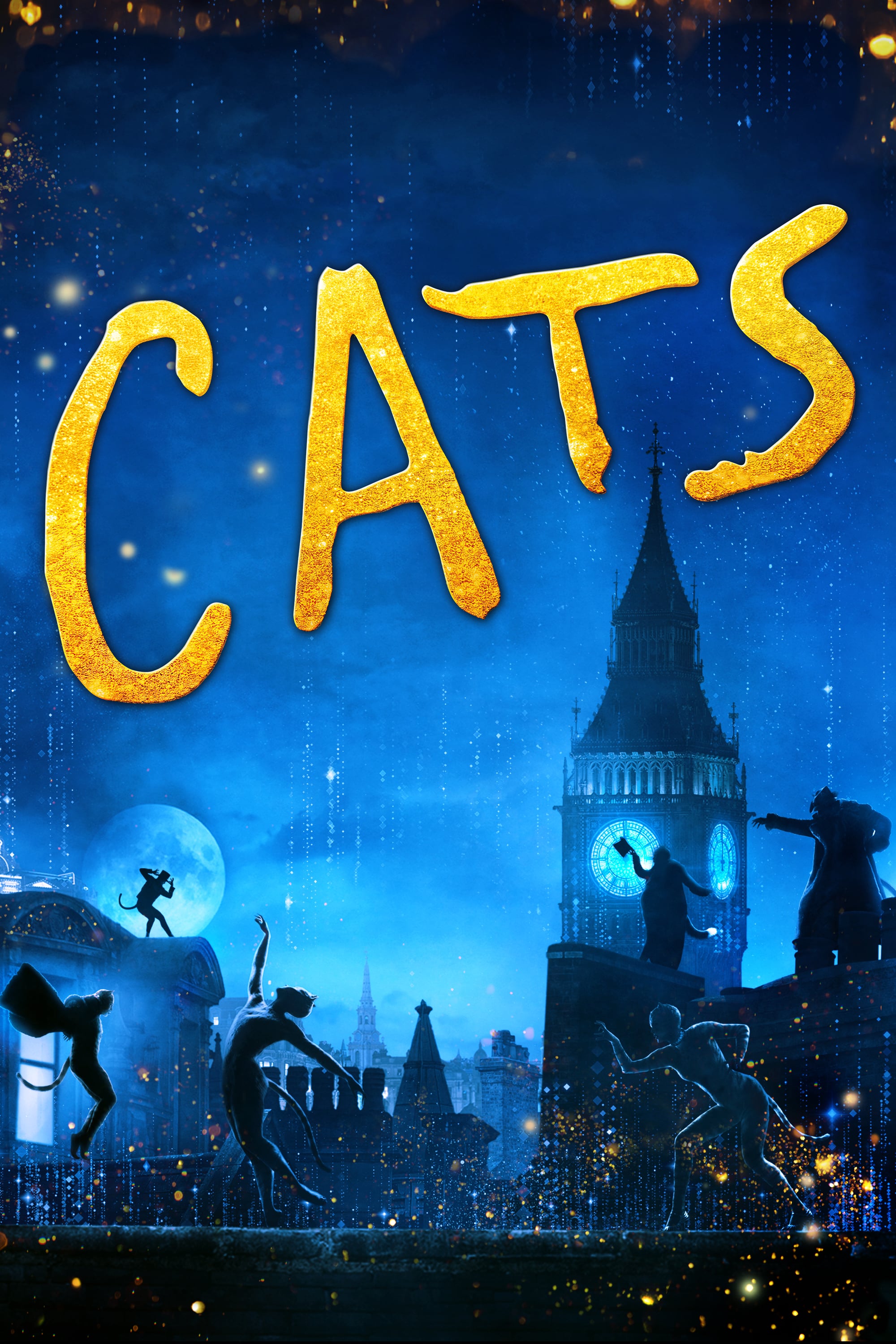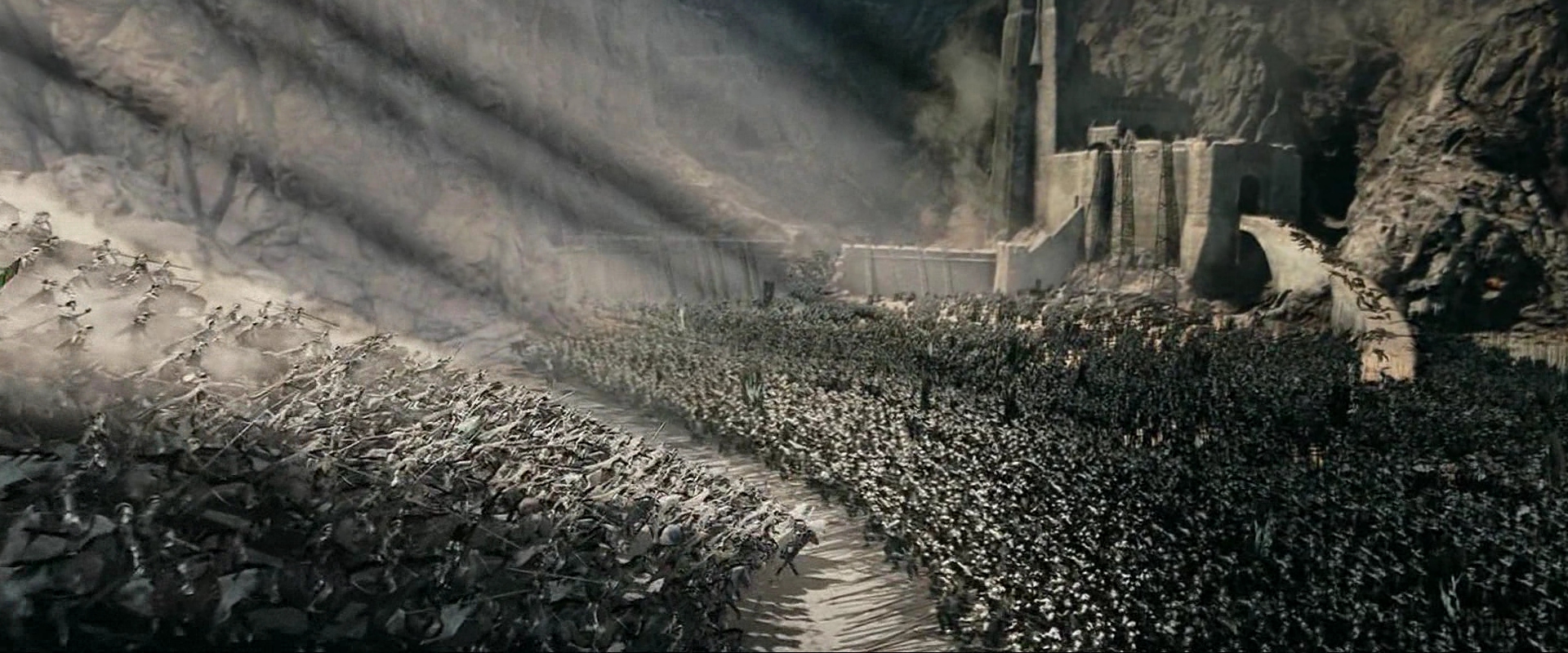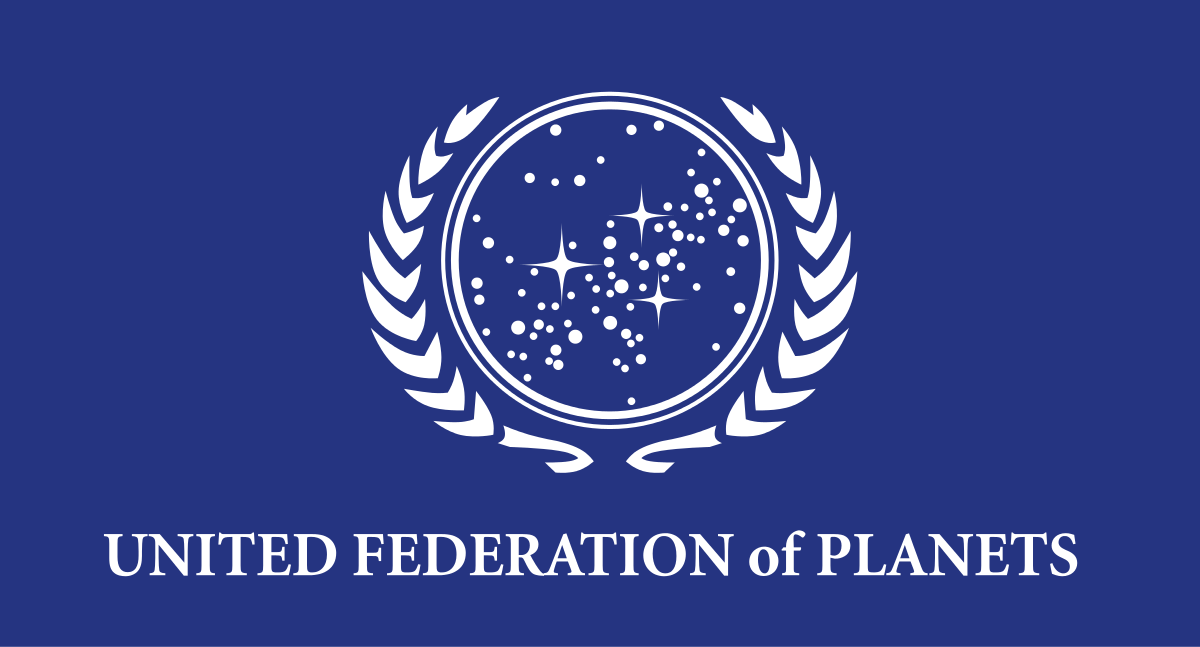
Frank Herbert’s Dune (1965) has now been adapted into three movies and a TV miniseries, which makes it even more remarkable that there does not appear to be much of a consensus about what it’s actually about. Interpretations abound, as do arguments. Some see it a straightforward Hero’s Journey, others as a fascistic white savior narrative, and still others as a deconstruction and critique of the former. Frank Herbert said it was about how much he hated John F. Kennedy. Denis Villeneuve’s 2021 and 2024 adaptations lean heavily into the interpretation of Paul Atreides as a False Messiah who betrays the Femen’s hopes and dreams. Part of the problem is that none of these are unjustified readings of the text; Dune is a long, dense novel that often treats its subjects with a deep ambiguity. That said, now I’m going to tell you what the right answer is.
Debates over whether Paul Atreides is a “hero” or “villain” have flourished on the internet since Villeneuve’s adaptations thrust the franchise back into the zeitgeist. But in truth, this misses the point. At its heart, Dune is a book about the the rise and fall of Empires, the crushing weight of destiny, and the unstoppable course of historical narrative. Paul is neither good nor evil, he is the embodiment of a historical principle, (with apologies to Hegel), the world-spirit on wormback, concentrated at a single point, reaching out over the Universe to master it.
Continue reading








